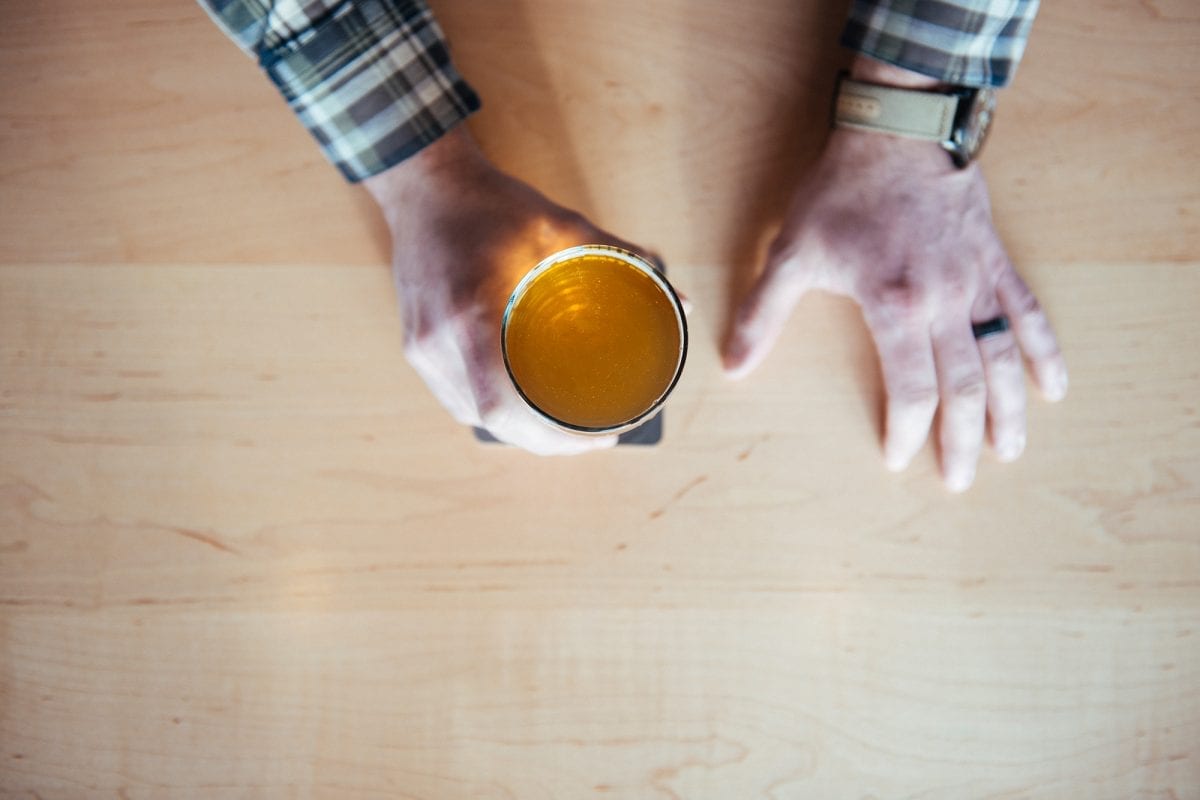For many, the idea of pairing beer with fitness might seem like a contradictory combination, akin to mixing oil with water. On one hand, fitness enthusiasts prioritize clean eating, disciplined workout routines, and a focus on overall well-being. On the other hand, beer has long been associated with socializing, relaxation, and indulgence. However, in recent times, there has been a growing interest in exploring the possibility of enjoying a cold brew while maintaining an active lifestyle. The question arises: Can beer and fitness coexist harmoniously, or are they destined to remain at odds? In this article, we delve into the complexities of this controversial topic, exploring the potential impact of beer on fitness goals and the ways in which individuals can strike a balance between the two worlds. So, let’s raise a glass and delve into the fascinating relationship between beer and fitness to uncover whether they can truly complement each other or if moderation remains the key to navigating this intriguing dichotomy.
The first time I discussed beer and fitness outside the all too often I-cant-afford-the-calories dismissal, it was purely in jest. My friend, while slugging down a pint before heading the gym was playfully proclaiming the virtues of beer as the perfect workout fuel: liquid carbs, warms the body up, and certainly hydration. While this was probably just his way of starting a debate that would necessitate a second pint, it did get me thinking about what sort of relationship a fitness minded individual could reasonably enjoy should they also find themselves a lover of beer. For those of us who do, there is little that can match the satisfaction of putting malt to mouth while still revelling in a post exercise glow.
Quality versus Quantity
Let’s face it beer is a delicious and calorically dense beverage. Unless one is truly in a position where they must completely forgo it, it is generally taken as an indulgence. As such, the point is really enjoyment with an understanding of the impact. So what’s the truth about calories and beer? Is lighter better?
In recent years, the demand for healthier beer options has grown, and many breweries have responded by offering products with lower calories, reduced alcohol content, or organic ingredients. Here are five beer brands available in Edmonton that are considered healthier options:
- Sleeman Clear 2.0: Sleeman Clear 2.0 is a light beer with only 90 calories per serving and 2.0% alcohol by volume (ABV). It offers a crisp and refreshing taste, making it a popular choice for those looking to enjoy a beer and fitness with fewer calories and a lower alcohol content.
- Big Rock Brewery Rock Creek Dry Cider: For those seeking a gluten-free and healthier alternative to beer, Big Rock Brewery’s Rock Creek Dry Cider fits the bill. Made with Canadian apples, this cider is gluten-free and offers a naturally sweet and refreshing taste without the heaviness of traditional beers.
- Phillips Brewing Blue Buck: Phillips Brewing Company’s Blue Buck is an organic amber ale brewed with all-natural ingredients. It’s a flavorful choice that contains no additives, preservatives, or artificial ingredients, making it a healthier option for beer enthusiasts.
- Alley Kat Aprikat Apricot Ale: Alley Kat Brewing Company’s Aprikat Apricot Ale is a fruit-infused beer that offers a unique and lighter option for those seeking a refreshing and flavorful beer. With a lower ABV compared to many traditional beers, it’s a great choice for those looking to moderate their alcohol intake.
Speaking of quantity, watch out for variable serving sizes. A full 20oz pint will have 67% more volume and calories than a standard 12oz can or bottle of beer.
It really is what’s inside that counts
In the examples above, there is a significant variation in calories. Without getting into too many details about beer making there are two main aspects of the brew that contribute to the calorie count. Percent alcohol, and residual (unfermented) sugars. To complicate things a bit further, each of these variables also contribute to the flavour profile. Hops don’t contribute any significant calories but do change the flavour profile significantly. Interesting compromises have recently been popularized and dubbed “session ales”. Their objective being to achieve lower ABV while maintaining the richest flavour possible – so as to facilitate a drinking “session” without subjecting the participant to the effects of too much alcohol.
Drink what you like
My personal conclusion was that it really wasn’t worth the effort tracking calories when considering what kind of beer to order. The worst case would have been to order a beer I didn’t particularly enjoy, consume a similar number of calories, and perhaps still not feel “indulged” and actually order another on that basis. The number and size of pours really being the more meaningful consideration. Best case, pop in for a beer and fitness after your next workout and plan on walking or running home so you can sell yourself on just one more!
By Wayne Sheridan








